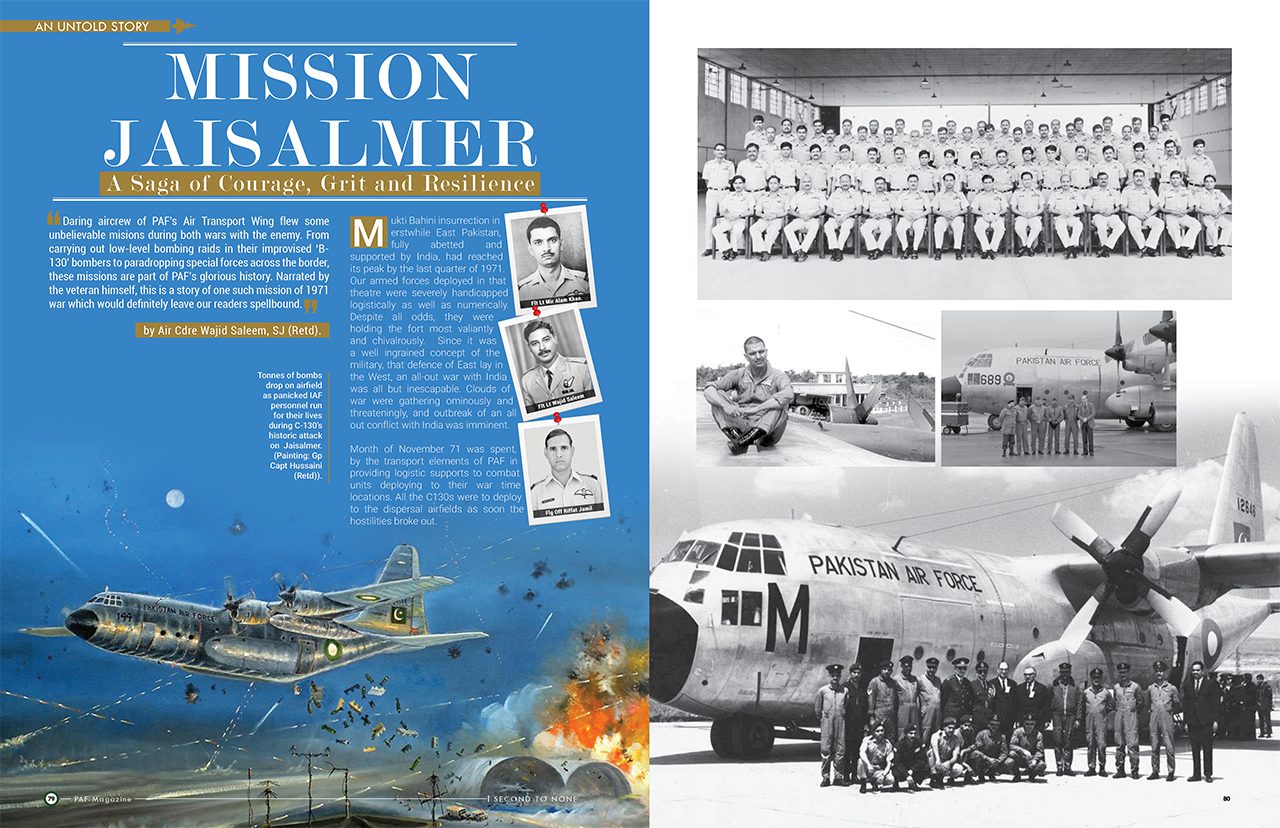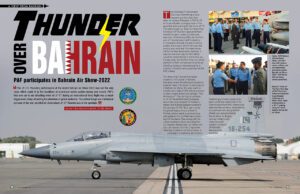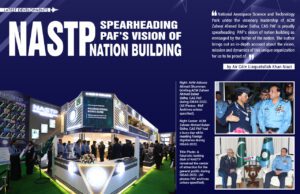A Saga of Courage, Grit and Resilience
Daring aircrew of PAF’s Air Transport Wing flew some unbelievable misions during both wars with the enemy. From carrying out low-level bombing raids in their improvised ‘B-130’ bombers to paradropping special forces across the border, these missions are part of PAF’s glorious history. Narrated by the veteran himself, this is a story of one such mission of 1971 war which would definitely leave our readers spellbound.
Mukti Bahini insurrection in erstwhile East Pakistan, fully abetted and supported by India, had reached its peak by the last quarter of 1971. Our armed forces deployed in that theatre were severely handicapped logistically as well as numerically. Despite all odds, they were holding the fort most valiantly and chivalrously. Since it was a well ingrained concept of the military, that defence of East lay in the West, an all-out war with India was all but inescapable. Clouds of war were gathering ominously and threateningly, and outbreak of an all out conflict with India was imminent.
Month of November 71 was spent, by the transport elements of PAF in providing logistic supports to combat units deploying to their war time locations. All the C130s were to deploy to the dispersal airfields as soon the hostilities broke out.
Lists of both air and ground crews to deploy to various planned dispersal airfield had been drawn, essential aircraft spared were readied, so that no sooner ordered dispersal could go ahead swiftly and without any hiccups.
The day finally arrived, and C 130 aircraft dispersal was ordered on 3 Dec, 1971. The previously drawn-out composition of the crew sets couldn’t be maintained due to various administrative and operational costraints. So, reallocation of the crews had to be resorted too.
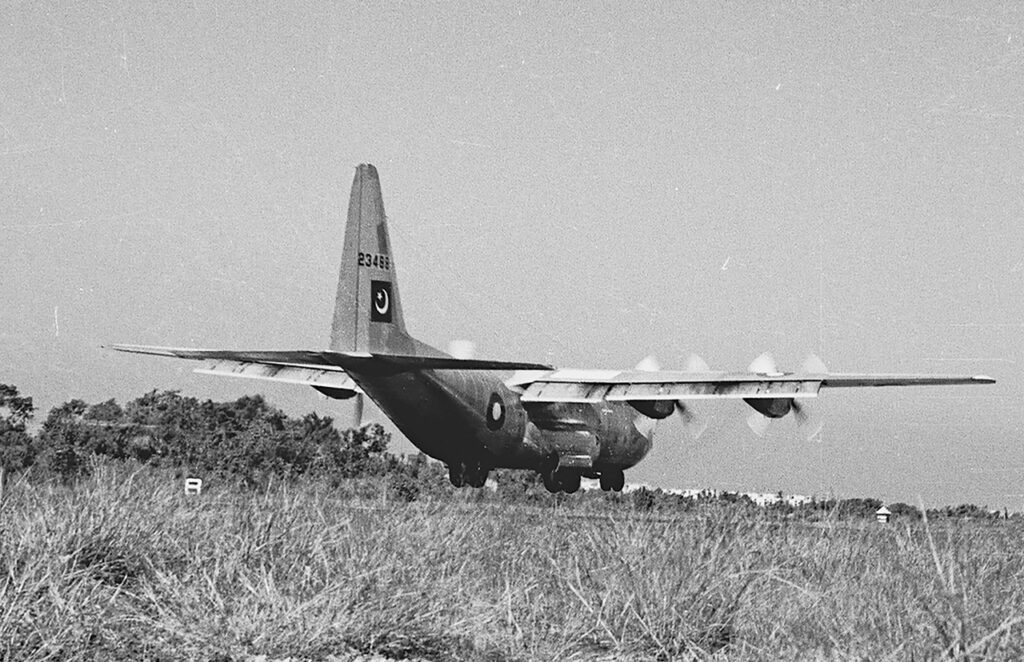
I drew the lot with Flt Lt Mir Alam as Captain, Flg Off Riffat Jamil the co pilot myself the Navigator, plus two SNCOs as Flight Engineer and Loadmaster. And off course a complement of technicians. Orders were to deploy to Mianwali and then await further orders. Off we went and landed at Mianwali just a little before dusk.
So far, we had no inkling that war had broken out. But as we landed, we noticed four B57s, fully armed with pylon hung munitions, waiting for take-off. This was indication enough that we had jumped into the fray. Base Operations had no orders for us and we bundled off temporary quarters in Canal Rest House. Next morning, two of us the Captain and Navigator, got urgently summoned by Base Operations. We had barely arrived at the base when a light aircraft brought in our Squadron Commander Wg Cdr Yunus and Navigation Leader Sqn Ldr Rizwan Chaudhry. Quickly we went into a huddle. Our task for that night was handed over without much ceremony: Attack Jaisalmer runway at low level. Time on target 03:20: Load 25000 pounds comprising 500-pound bombs with delay fuses minimum being 30 seconds. The meeting was over before it had even started and we were left on our own to plan and carry out the task assigned. It appeared daunting and dangerous. After a few minutes, anxiety gave way to business. In hindsight, a mission that sounded like suicide, turned out to be a lottery, which only a few lucky ones win.
To supplement counter air offensive effort, PAF had decided to commit C130 in the Heavy Bomber Role. Indian Air Force Base Jaisalmer in Rajesthan Sector, directly impacted on Pak army operations in the area, and was hence chosen as the first target for our heavy bomber B130. Planning for the mission fell in my domain, and as the Captain retreated to the rest area, I got busy with the nitty gritty of planning.
To start with, the intelligence officer was to pick up and glean as much information as possible about the target lay out, its defences and enemy radar coverage etc. Emerging picture was downright scary. Base was reportedly guarded by 200+ Shilka Radar controlled anti-aircraft guns. a variety of surface to air missiles and off course a serious threat of interception by fighters operating from Jaisalmer and Uterlai. The only factor in favour was that not much low-level radar cover was available to the Indians in that area. Conclusion was that ingress at low levels, lower the better, wasn’t a cause for much worry, and the real threat to our well-being will be the airfield defences. Just visualize a huge aircraft, flying low and also slow clearly visible on a moonlit night. Highly vulnerable to say the least. Surely gives you goosebumps if nothing else. For me it was payback time. Attempting to calm my nerves, I got to work.
As I sat down to formulate the flight plan, suddenly a thought occurred to me. From the nature of the mission, the heavy terminal and on-route defences, it appeared that all odds were stacked against us, and in all probability, it was to be a “One Way Ticket”. In such a dismal scenario, why make a return flight plan? Why waste time? However, if we did get out, I would be able to rustle up a plan to get us back. A personal decision had been made To attack the primary target, Jaisalmer runway, final run in was to be 150 degree, because of the given runway alignment. Finding a suitable IP (Initial Point) from where the final bomb run was to start was the first problem. An IP was found at ideal distance and only 3 degrees off the final run. Planning backwards the construction of the remainder of the flight plan was a breeze. I preferred using American maps, and always carried the latest edition, covering all neighboring countries in my navigation bag, and on this occasion used them for planning. This was to prove a Coup d Maître, because as we learnt later B57s as well as F104s perhaps had failed to locate Jaisalmer. The reason being that our locally-printed maps had the position of Jaselmir Base wrongly marked and was in error by about 10-12 n.ms. Allah surely has his own ways.
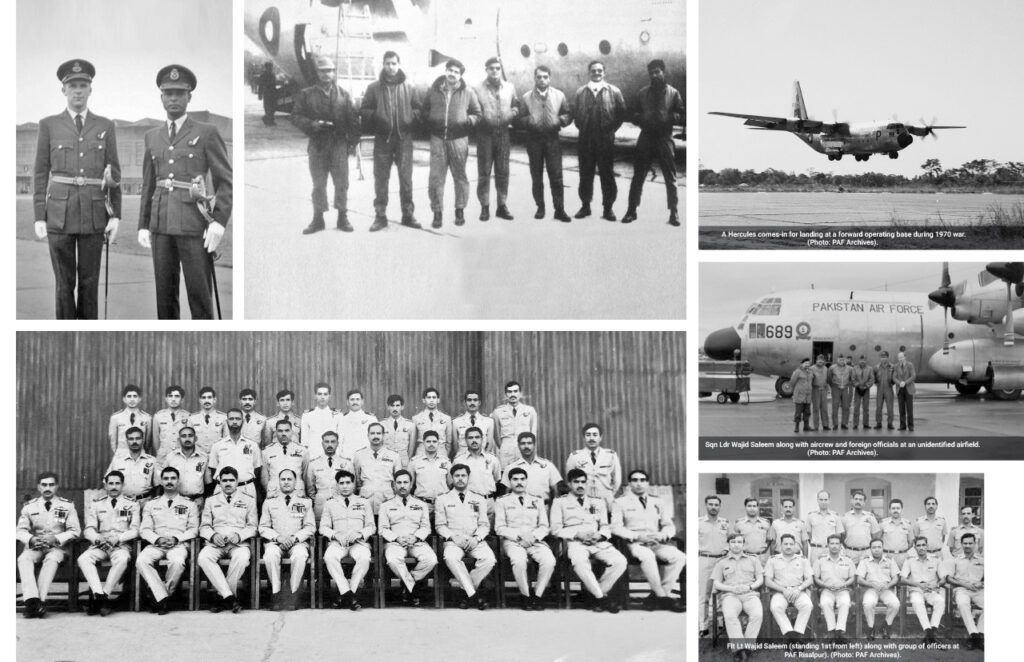
Past midnight, 4/5 December, we took off at the calculated Brake Release Time to make good the given Time on Target (TOT) of 03:20 a.m. Luck was not on our side that night. We had barely stabilized on course when the Airborne Radar, our primary low level navigation aid decided to quit. But we decided to carry on. It was to be moonlit night, and we could manage navigation through visual references. As we flew a little further, a huge area was covered in heavy fog. A quick parley and we decided to press on hoping that the fog would clear up. Honestly no one wanted to miss out on the opportunity. We flew almost up to Rahim Yar Khan but there was no letup in the adverse weather condition. We were forced to abort. With heavy hearts, we returned to Mianwali, some cursing the luck, some the weather and some even the technicians who serviced the aircraft.
Next morning 05 December, greeted us with some more bad news. First, the previous night the Indian Canberra raid caused damage to one of the propellers; its spinner ruptured by shrapnel of an exploding bomb. As the aircraft was unfit for operations, we were to ferry it back on three engines for repair at Chaklala. Also, that another C130 was inbound Mianwali, and the new crew will take over our mission. No options left, we headed for the Base with our bag and baggage.
As we entered the Guard Room, we saw the damaged C130 getting airborne, flying on three engines. Now what? Operations didn’t know much but simply, that the replacement crew had decided to ferry the aircraft and left us, the original crew to take the mission using replacement aeroplane. Lucky for us our flying gear has been left behind including my Nav Bag with all my treasures.
The mission to Jaisalmer was a go on night of 5/6 December. When the aircraft was in final stages of bomb loading and maintenance checks etc., an enemy bomber raid warning was received. A C130 sitting in the open presented a huge and easy target. Laden with thousands of pounds of live bombs, a direct hit by the enemy would have spelled disaster for the entire base. A spur of the moment decision was to immediately take-off and be clear of the installations. Loading was stopped though full bomb base had not yet gone in and 5000 pounds load was yet to be loaded. Never mind, even a 20 K bomb cargo was enough. We quickly strapped in and started the engines and taxied out. Still on the taxi way, enemy raid was overhead and ATC was asking us to switch off and evacuate. Remember shouting” Take Off. Take off” and felt the aircraft leaping forward. The captain was thinking the same but was a micro second ahead of me. We did a fast rolling take off and as the wheels lifted off the ground the bombs were already falling. A disaster averted perhaps.
Giving a wide berth to Miawali Base we set course, for the assigned target. Our route lay along the Indus River to Rahim Yar Khan (RYK), from where ingress into India was planned along RYK- Ramgarh Axis. A clear night with moon shining brightly, navigation wasn’t a problem. After penetrating Indian air space, the main worry was a pick up by the Air Defence Radars and a possible fighter interception. Safety lay in flying as low as possible. We started off at 500 feet AGL, slowly descending and at RYK we were down to 200 feet, and further descending to 100 feet AGL which was maintained for the entire duration of passage through India both inbound as outbound. Visibility was so good that we literally followed the road to Ramgarh and from there to Mokul our IP. Navigation was easy but pilotage required great concentration because of flying so low, manually all the way. Following of roads was an advantage because of good height perception so facilitated.
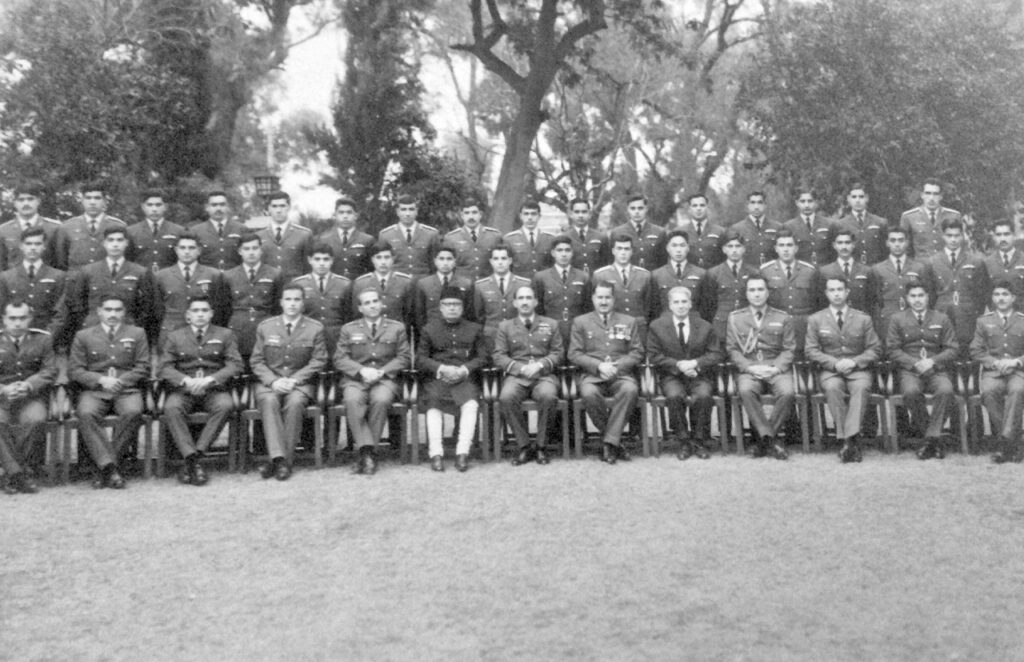
Finally, time for culmination of all the effort put in: final bomb run from IP to the Target. Six minutes to TOT and all bomb pallet tie downs removed. One minutes arming pins of Bombs removed. Twelve seconds short and we started the pull up to drop height of 700 feet. As we pulled the Captain calls “Wajid. There’s nothing there”. As if on cue the anti-aircraft guns opened up turning the sky into spectacle of light. Some kind of rockets giving out a blue plume of fire were also noticed. Responding to the Captain’s query, I yelled, ‘Do we have something below or not”. The runway was in sight but at 90 degrees instead of being in line. Primary target couldn’t be attacked. So, I located the technical area with some kind of hangers and a tarmac. I pointed it out and Captain quickly aligned with selected point of impact. A drop was given, bomb load exited, and we dived down to make our getaway.
Suddenly our Load Master who could see behind through the open ramp called and said there was a MiG 21 behind us. Instinctively Captain threw in a very steep turn to break into the possible fighter on our tail. After turning 90 Degrees, Loadmaster when asked reported the MiG 21 to be still behind us. Captain rolled the wing level saying it was not a fighter? Clear of the enemy base perimeter it was time to go home. We had made it back in one piece.
Captain wanted the heading back, which I didn’t have because flight plan for the return was not there. I told him to turn West. What is the heading?” he asked. My response 270 Degrees, perplexing of course. But then I put my Captain at ease by saying “Go 270. Will give you an exact heading in a while,” I said. The return flight was uneventful and we recovered at Tank in wee hours of the morning on 6 Dec, 1971.
Mission success was first confirmed by another C130 returning from Jodhpur, because they had observed huge fires in the direction of Jaselmir. Later reports confirmed extensive damage to the fuel dump causing massive fires plus 200-250 casualties.
